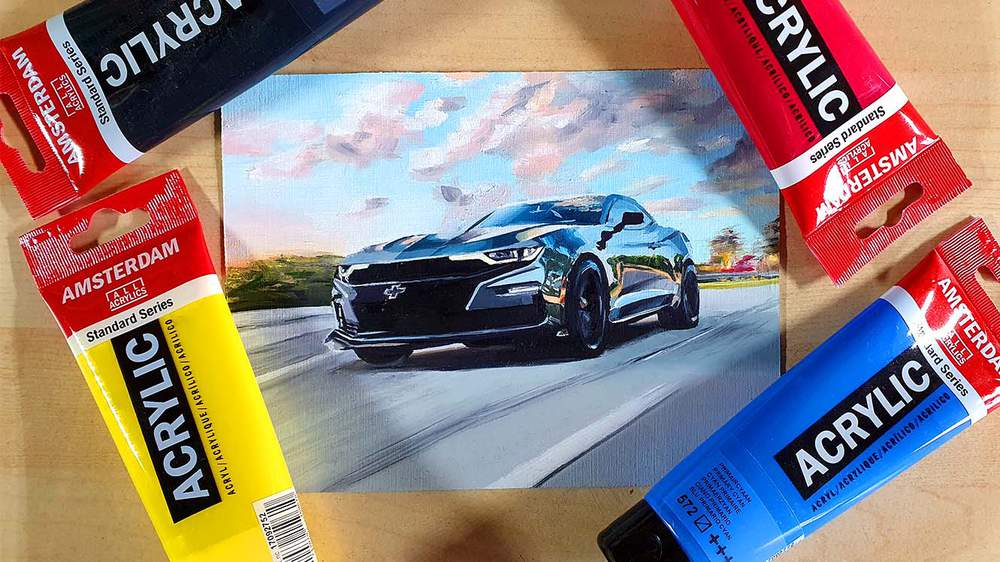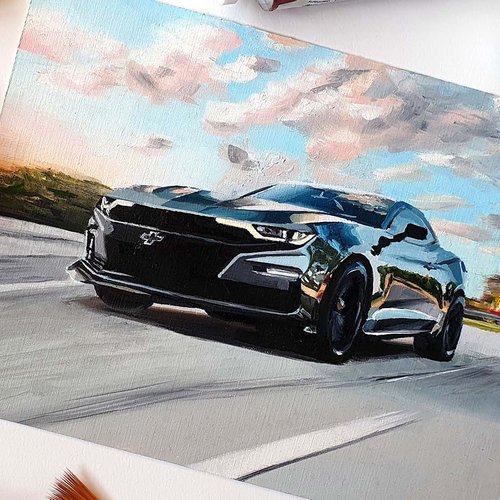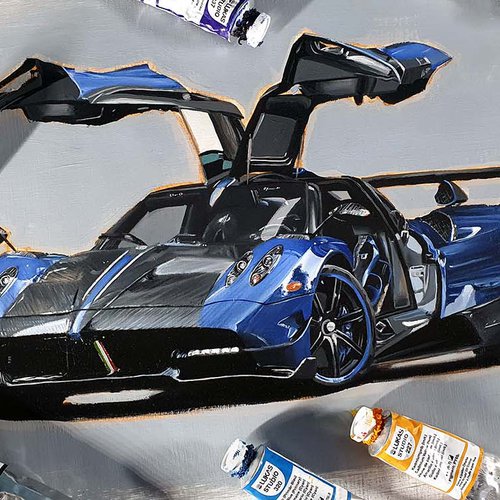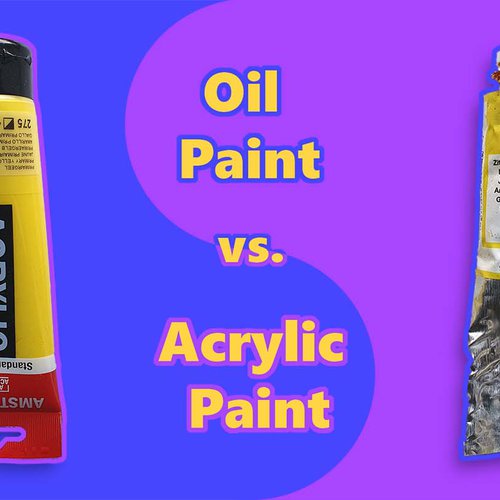12 Mediums for Acrylic Paint You Should Try

Incorporating acrylic mediums in your painting process can open up a whole new level of possibilities when it comes to painting with acrylic paint.
Some mediums allow you to add textures, while other mediums make it possible to make seamless color transitions.
Here's a list of all acrylic mediums and what you can use them for. I'm sure you'll find one (or multiple) that you would like to give a try!
Disclaimer: In the name of full transparency, please be aware that this blog post
contains affiliate links and any purchases made through such links will result in a
small commission for me (at no extra cost for you).
What Mediums Can You Use for Acrylic Paint?
1. Gloss Medium
Gloss medium is a versatile additive that has multiple implications in acrylic painting. Its main feature is that it adds a gloss finish when mixed into acrylic paint.
However, gloss mediums can also enhance the color vibrancy and the transparency of the paint. Additionally, it also improves the paint flow, making it easier to achieve smooth and even brush strokes.
2. Matte Medium
Matte medium shares some similarities with gloss medium, but instead of drying to a glossy finish, it dries to a non-reflective, matte finish.
Many artists use matte medium to reduce glare and reflection on their paintings, making it a great choice for artworks that'll be displayed in a room with strong and direct lighting.
3. Gel Medium
Gel medium comes in various thicknesses such as soft, regular, and heavy. It's a great medium to alter the consistency and texture of acrylic paint.
Soft gel creates a more fluid paint. Regular and heavy gels add more body and thickness to the paint.
You can use it directly on the canvas or mix it first with the paint to create impasto effects and create texture on the surface.
It's an excellent medium for artists who want to create more depth in their work.
4. Texture Medium
Texture paste is, as the name suggests, a thick, paste-like medium that is used to add depth and texture to paintings. It allows acrylic painters to build up surfaces, create relief effects, and add depth to their paintings.
Texture paste can be applied with a palette knife or other tools making it possible to create intricate designs and textures.
Texture medium is particularly popular for abstract and mixed media art where texture can play i significant role in the visual impact of the painting.
5. Glazing Medium
Glazing medium is made to increase the transparency of acrylic paint, making it possible to layer and glaze. This medium is perfect for artists who want to create luminous, stained-glass effects or create depth through transparent layers of paint.
Glazing medium also increases the flow of the paint and it can extend the drying time which makes it easier to create seamless and subtle color transitions.
6. Retarder
Acrylic paint naturally dries very quickly, making it difficult to blend colors and make subtle color nuances. To make acrylic paint easier to blend, retarder is mixed into the paint to slow down the drying time.
Retarder is especially useful for wet-on-wet techniques, allowing for smoother color transitions and preventing premature drying on the palette or canvas.
7. Flow Improver
Flow improver is designed to increase the flow and leveling of acrylic paint. It reduces brush marks and streaks, providing a very smooth and more even application.
Flow improver is mostly used when making bigger paintings or when you need to extend the drying time to achieve beautiful transitions or seamless blends.
This medium also gives your painting a professional, polished look.
8. Crackle Paste/Medium
Crackle paste is a medium that creates a cracked pattern when it's applied between layers of acrylic paint. This effect can add extra visual interest and texture to your painting, giving it a more weathered or antique look.
Crackle paste is often used in combination with other mediums to enhance the overall texture and atmosphere of the painting.
9. Pouring Medium
You've probably come across many acrylic pouring videos on Instagram or TikTok. To make those pour paintings a pouring medium is used to increase the paint flow and leveling. This ensures that the paint spreads evenly across the surface.
Additionally, pouring medium also helps with preventing cracking and crazing when it dries.
10. Acrylic Grounds/Gesso
Acrylic grounds are a premature coating applied to the canvas or other surfaces before painting. They provide a more suitable texture and absorbency for the paint making it easier to control and stick better to the painting surface.
You can either choose a tinted ground or a transparent one, whichever works best for you.
Acrylic grounds are a great way to achieve your desired characteristics and ensure the longevity of your painting.
11. Molding Paste
Molding paste is a denser version of texture paste. It is often used to build up three-dimensional textures in acrylic painting. You can apply it using a palette knife to create sculpture-like effects on your painting surface. Once it's dried you can paint over it.
12. Airbrush Medium
Airbrush medium is made to thin acrylic paint to make it suitable for airbrushing. It ensures that the paint flows smoothly through the nozzle of the airbrush, making it possible to paint fine details and ensuring a smooth and even application.
This medium maintains the intensity of the paint while also preventing clogs or inconsistencies while airbrushing.
Airbrushing is often used to create soft gradients, intricate patterns, and smooth transitions with acrylic paint.







Be the first to comment!
Comments
There are no comments yet.